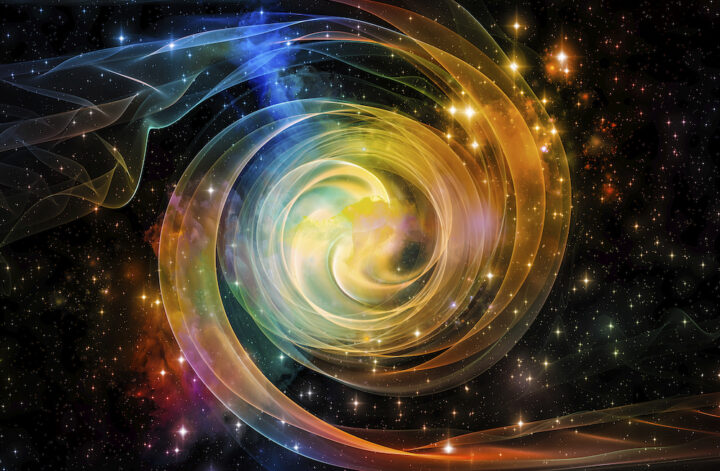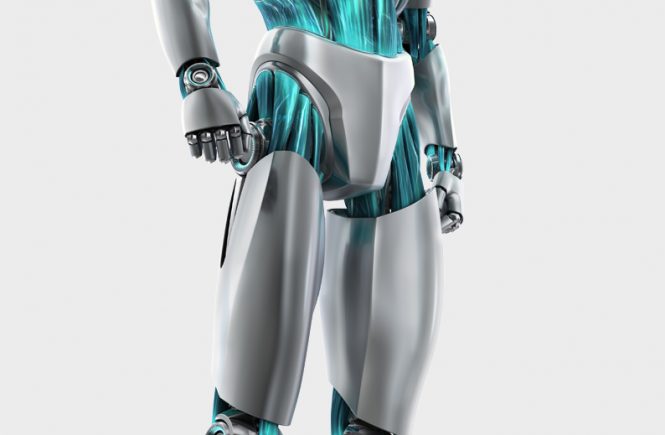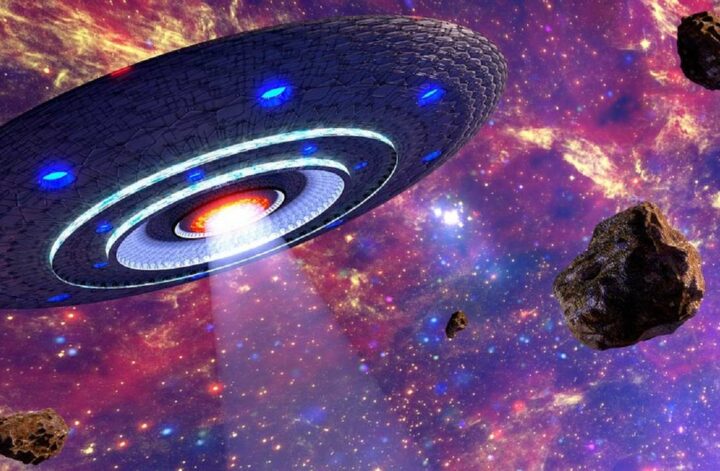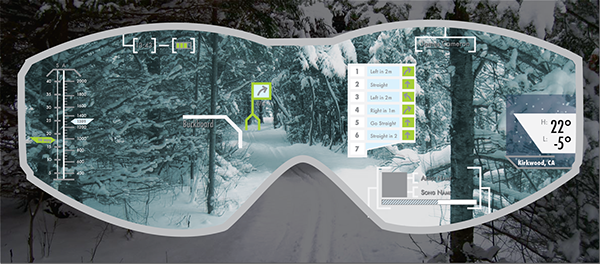Did the big bang happen? The universe beckons us to explore and wonder.
- Edwin Hubble’s observations in the 1920s showed that galaxies are receding from us, and the recessional velocity is proportional to their distance.
- Since its launch 25 Years ago, the Hubble Telescope has returned images of the unprecedented beauty of a dynamic and changing universe.
- Everything in the universe is in motion, Planets orbit stars, stars orbit within galaxies, and galaxies whirl within the gravitational fields of giant clusters
- How galaxies form and evolve over time is an enduring mystery.
- The first galaxies are thought to have formed of clumps of gas in the early universe, they came together to form larger and larger galaxies – such galactic merge may play out over hundreds of years.
- At one point the entire observable universe was once compacted into an infinitesimal point, a singularity at time t = 0 the hypothetical instance of the Big Bang – hot, dense, and opaque as the inside of a star.
- As the universe expanded and cooled, there was a particular moment when it hit a critical temperature of 3000k at which point it transformed from plasma to gas, as the first hydrogen atoms formed.
- The Infrared light that had been trapped in this plasma was now free to travel the width of the cosmos – it is still traveling today carrying with it an image of the early time
- Having been stretched as it travels through the expanding universe, the infrared light is no longer infrared – it is the cosmic microwave background (CMB) radiation.
- This CMB radiation is almost impossible to explain without a universe that was smaller, hotter, and denser – supporting the idea that the universe originated from a single, extremely hot, and dense state in the past.




